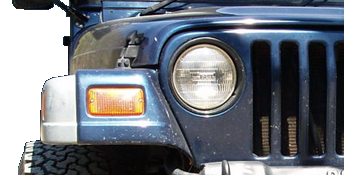marvilusone
Well-Known Member
- Joined
- Oct 21, 2007
- Location
- Charleston, SC
Here's the setup I have in mind for the Ranger. Kind of a wristed radius arm type setup. The y link will be on the driver side mounted vertically. The arm for the passenger side will be just a single straight arm. The yellow dots are JJ's. Overall length of the links will be around 30". Main link tubing is 2.375 OD, .4375 wall, 1.5 ID. The upper part of the y will be 2 OD .25 wall, 1.5 ID. I would just build a traditional 3 link but I don't have the space. BTW I will be running air shocks and full hydro.
The upper part of the y will be 2 OD .25 wall, 1.5 ID. I would just build a traditional 3 link but I don't have the space. BTW I will be running air shocks and full hydro.

Questions
Should this setup perform well?
What problems do you see with it?
Should I use bushings in place of any of the JJ's?
Should I keep my track bar totally flat?
If it would benefit the setup I can extend the links up to 44".
I'm lost at what to do on the front for links as I have next to no space. This is all I have been able to come up with.
 The upper part of the y will be 2 OD .25 wall, 1.5 ID. I would just build a traditional 3 link but I don't have the space. BTW I will be running air shocks and full hydro.
The upper part of the y will be 2 OD .25 wall, 1.5 ID. I would just build a traditional 3 link but I don't have the space. BTW I will be running air shocks and full hydro.Questions
Should this setup perform well?
What problems do you see with it?
Should I use bushings in place of any of the JJ's?
Should I keep my track bar totally flat?
If it would benefit the setup I can extend the links up to 44".
I'm lost at what to do on the front for links as I have next to no space. This is all I have been able to come up with.

